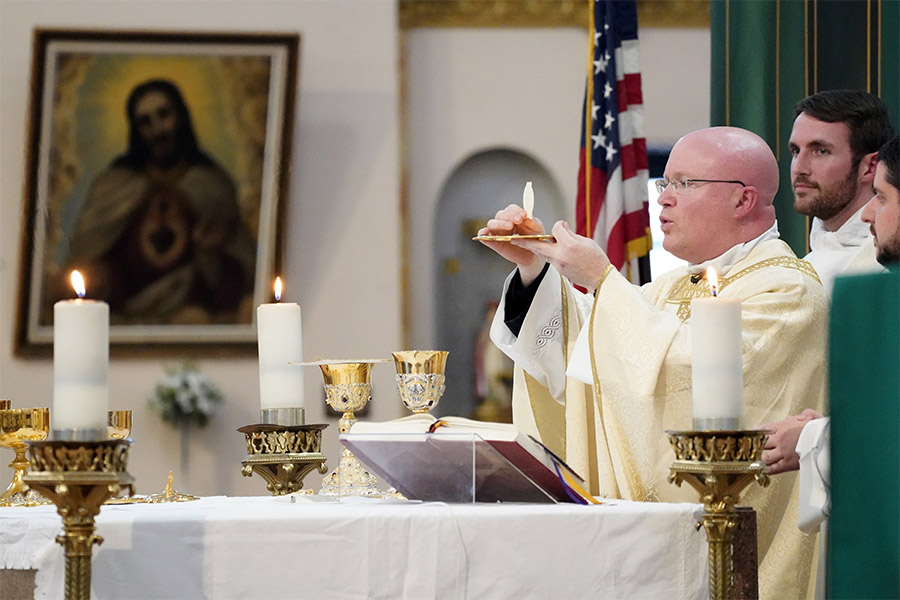As an antique car enthusiast, I subscribe to magazines featuring photos of cars from bygone eras. I enjoy seeing cars that were new when I was young. But to my eye, nothing compares with Packards from the 1930s: their towering grills, pontoon fenders, well-appointed interiors and their excellent engineering. And many of those automobiles look like they just rolled off the showroom floor.
But not all of them. Often those magazines feature old cars in need of restoration. Some languish in fields and barns. Others fare better; they’ve been acquired by new owners willing to go through the arduous process of restoring them. But to really restore an old car, one often has to rebuild the engine and transmission, and repair the frame, suspension and electrical system. The most thorough restoration involves taking the car’s body off the frame and rebuilding it from the ground up.
All this may be more than you wanted to know about restoring old cars, but it’s actually leading somewhere. At Easter, we celebrate the Lord’s Resurrection and we continue to celebrate for 40 days, and why? The rising of Christ in our human body opens the way for the thorough restoration of our humanity – body and soul.
Indeed, that is why Christ came into the world: to restore our wounded human dignity, to restore our humanity damaged by sin and spiritual neglect, to undo the effects of original sin, to make us shine with the glory he shared eternally with his Father in the Holy Spirit. Divine restoration neglects no part of us. The Lord is out to recreate us, body and soul.
After all, what good is it to restore the body of an antique car if the engine won’t start? What kind of restoration is content with a shabby interior? A thorough restoration is from the inside out. Just so, the Lord seeks to restore us in the deepest truth of our existence, in the depth of our being.
The Gospel says that Jesus knew human nature well, and small wonder, because it was through him we were made and it was our nature that he assumed. So, like an expert restorer, Jesus knows the repairs that need to be made, not merely in how we appear to others, but in how we really are. In the power of the Spirit, the Lord cleanses our consciences from sin, purifies and enlarges our hearts, empowers us to grow in holiness.
That is why, when the Risen Lord appeared to the apostles in the Upper Room, he gave them power to forgive sins, a power that reaches us in the sacrament of reconciliation. That is also why, on the Second Sunday of Easter, we celebrate Divine Mercy by which God restores us by forgiving our sins. When the Lord restores us, his handiwork, he makes us shine outwardly with the beauty of inward truth, integrity and love.
God’s restorative work extends throughout the whole of our lives and even into eternity. Just as an old car is most thoroughly restored when its body is removed from its frame, something like that happens when we die: our body and soul are separated until the resurrection of the dead. Purgatory provides further restoration of the soul before it beholds the glory of God.
At the end of time, body and soul will be reunited but the end result will be far more than a resuscitated corpse. No, we shall be made new. As St. John says, “Beloved, we are God’s children now. What we shall be has not yet been revealed. We do know that when it is revealed, we shall be like him, for we shall see him as he is” (1 Jn 3:2).
Read More Commentary
Copyright © 2024 Catholic Review Media







